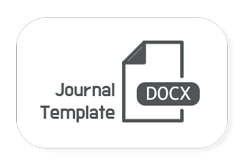Digital currencies and the Nigerian economy: Evidence from selected coins
DOI:
https://doi.org/10.53935/26415313.v6i2.264Keywords:
Digital currency, Growth rate and ARDL, Volatility.Abstract
This study emphasizes the implication of dynamic connection between digital currency and Nigerian economic growth rate by focusing attention on Bitcoin, Ethereum and Litecoin with respect to their returns and volatility from 2010Q4 to 2022Q3. As a way to have a robust estimation, we model our analysis using ARDL model and granger causality test. This model is rather useful to have both short and long run estimations. Importantly the study’s outcome conforms with the fundamentals. By findings from the study, the trend analysis suggests that the country’s exchange rate moves in line with digital currency activities while at the same time signifies some implication on the growth rate of the Nigerian economy. While lower returns for Bitcoin and Litecoin increase growth rate, the return for Ethereum rather move in the same direction as the growth rate. This indeed suggest that most Nigerians into digital currency activities often engage in portfolio diversification among available coins. The study further found that low volatility in the market will raise (significantly especially for Ethereum) growth rate of the economy while causal implication run from returns and volatilities of these coins to growth and exchange rates. Indeed, the findings have important policy implication for the Nigerian economy which suggests paying good attention to digital currency activities in the country and formulating necessary policies to improve it.
Downloads
Downloads
Published
How to Cite
Issue
Section
License

This work is licensed under a Creative Commons Attribution-NonCommercial 4.0 International License.












